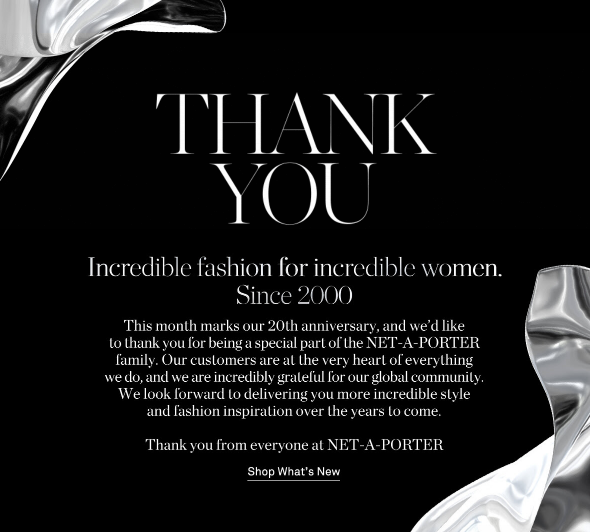Prior to the existence of digital commerce, customers simply walked into stores and found a friendly assistant who helped them find what they wanted.
Well, that was rather a simple yet effective approach. Wasn’t it !?
Alas, that kind of personal customer attention remains extremely scarce in the online world. Even in the Age of the Customer, retailers and brands talk a lot about the need to personalise their customer’s experience online as well as offline.
It is important to not only engage shoppers, but also to increase repeat purchases.
Here comes Ecommerce Personalisation into the picture. It is simply the process of delivering personal experiences on ecommerce sites by showing relevant items, product recommendations and targeted offers based on previous actions, browsing behaviour, order history and other personal data which generally goes to waste if not personalised.
Also, making the shopper’s experience to be a lifetime one in every stage and every way be it online or offline mode of shopping.
According to a report by PushON on UK Consumers, 52% think retailers should invest in technology that enables a better omnichannel experience, making the shopping journey seamless, both in-store and online. 17% say that retailers should use AI and digital chatbots that bring up purchase recommendations based on their buying habits and can answer questions about products.
Let us consider few examples as to how some retailers and brands in UK are using omnichannel personalisation to enhance their customer’s shopping experience.
Nike
The Nikeplus app is active as soon as a customer buys shoes. It started as a collaboration with Apple to connect the customer’s shoes to their device, but now it has changed a lot, providing personalisation to a much greater extent. It collects data on customer’s preferences and activities. Then it provides customised, relevant information and recommends them shoes accordingly.
ASOS
Another good ecommerce personalisation example is changing retailers homepage and navigation based on visitor interests, ASOS does that. For an instance, let us say if a customer views items in the women’s clothing part of the site, then the next time the customer visits ASOS, they would automatically be presented with the women’s section, without having to search ahead.
Net-A-Porter
Be it an article or a landing page, Net-A-Porter makes it unique, reflecting each customer’s individual interests.
By using ‘Complete the look’, ‘How to wear’ and ‘You may also like’, they provide recommendations based on the products you have or are going to purchase.
Also, they send personalised newsletters to their customers on special occasions and with personalised offers.

Topshop
Topshop provides a seamless customer experience across their mobile devices. They flawlessly combine their in store shopping experiences with their downloadable ‘On The Go’ app.This app also provides the customer with a clever barcode scanner which links the customer to any nearby Topshop store highlighting the stock available in each store. Linking all outlets with a single app is a great way of providing an amazing user experience.
Topshop was the first brand-retailer to update the billboards in real-time in relation to the rising trends at London Fashion Week. Each trend that showed up on the runway had a hashtag created and displayed on the billboards, prompting fans to tweet @Topshop to receive a curated list based on the specific trend. This would include the apparels specifically available in their store, so that customers could buy directly what they see on the runway.
Omnichannel Experience is not just about gaining profits, but also about allowing every shopper’s experience to be wonderful. By allowing them to choose what they actually prefer and allow them to achieve their goals of shopping at each stage.